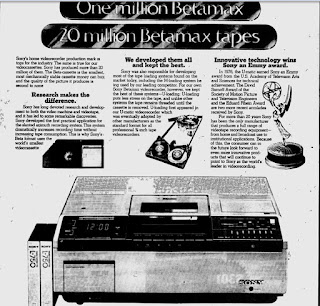One of the positive things that has been suggested to emerge from the pandemic is an explosion of artistic creation. I am finding difficulty scrounging the necessary optimism; museums and concert venues will of course need to be open in order for us to fully partake of this creative cornucopia. But this brings me to yet another dismal prospect: will we eventually run out of music?
I always get at least half a chuckle out of typing part of something into the Google search bar and reading the suggestions.
Will we run out of ...food, water, meat, oil (in Florida, our idea of prepping for an emergency means hurricane prep. Everyone gassed up their cars and spare tanks then watched Covid come along and drop oil prices like pants in a busy restroom)...phone numbers.
Let's pause on that last one. In the US, our phone numbers consist of a three digit area code followed by a seven digit number. Each one of those digits can only be occupied by a value of 0 to 9, inclusive. I'm no probability expert nor gambling enthusiast but I can say that there is a limit to how many number combinations can exist given those parameters. But we could always make them longer, infinitely so.
Music as we know it may not be so fortunate for one important reason: there is a limit to both the frequency range audible to the human ear and the ability to differentiate between two notes of similar frequency. The unit of measure for determining differences in pitch is the cent. If you locate an "A" on a piano, you will see a black key to the right and to the left of it. The key on the right is an A# (more commonly known as a B-flat) and it adds 100 cents to the A's pitch. On the left, you have an A-flat which is an A with a dollar-off discount, i.e. 100 cents lower.
 |
If I had a nickel for every song that follows a I-IV-V-I chord progression...
|
Interestingly enough, there a lot of physicists and musicians weighing in on this topic (according to my internet search, at least). In western music, we use a system (i.e. the notes on the piano) that divides an octave (an "A" to the next "A", for example) into 12 units of 100 cents each. However, that's
just western music. In other parts of the world, much cheaper notes are used and therefore you can afford to have more notes and therefore more music, very efficient. How low can you go? Experts give ranges of 5-25 cents, lower than that, and it sounds the same (check out the audio demos on Wikipedia
here).
So given these limitations on pitch (I'm leaving rhythm out but it would seem similarly constrained), I think there is a limit to the music that can be made
and heard. Will we reach that limit anytime soon? Not a chance, despite the similarities found in common radio drivel. Two artists who immediately come to mind as innovators in pitch and tonality are Aphex Twin and Deftones. Always choose
unsavory intervals (click the link for another post on the science behind musical notes).


















